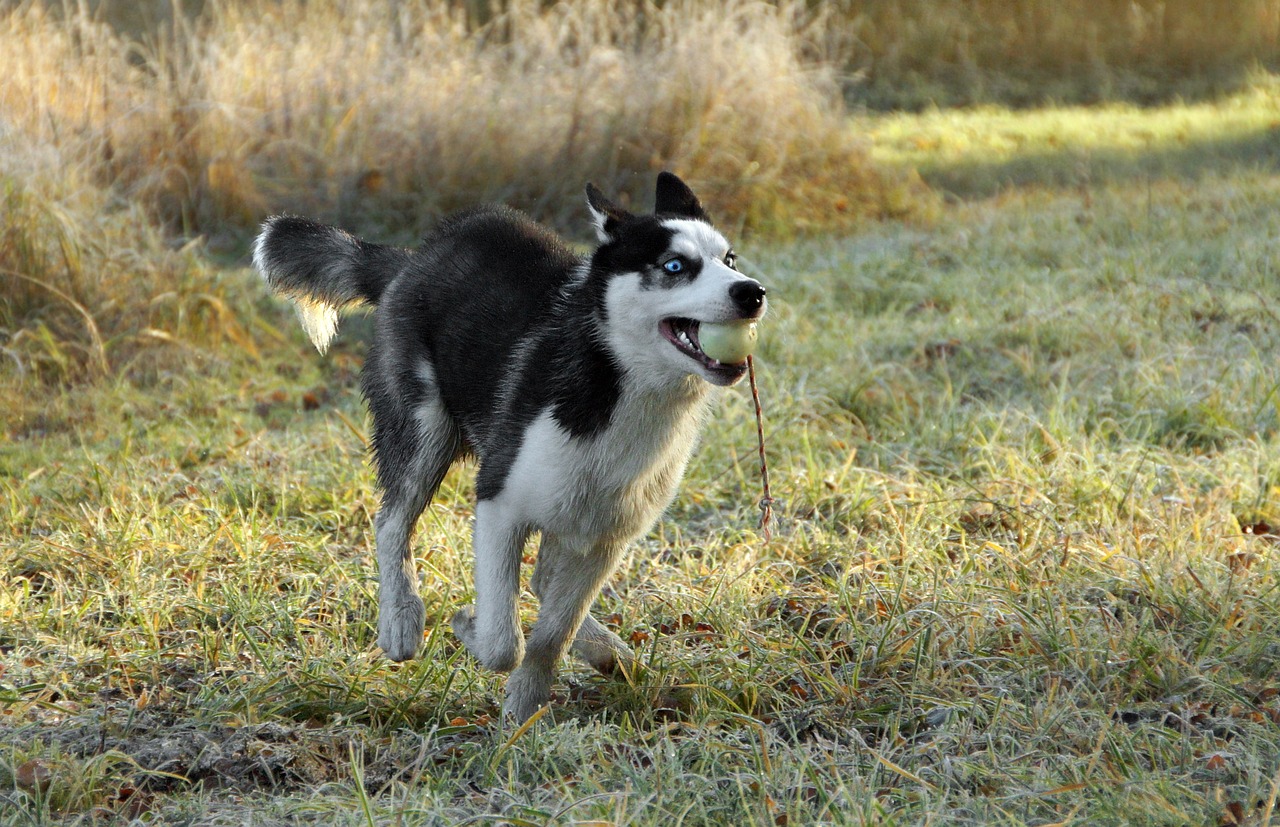Effects of Space Allowance on the Behaviour of Long-Term Housed Shelter Dogs
Scientific Journal Articles

The aim of this study was to assess the effects of space allowance (4.5 m2/head vs. 9 m2/head) on the behaviour of shelter dogs (Canis familiaris) at different times of the day (from 10:30 to 13:30 vs. from 14:30 to 17:30), and the dogs’ preference between two types of beds (fabric bed vs. plastic basket). Twelve neutered dogs (seven males and five females aged 3–8 years) housed in pairs were observed using a scan sampling recording method every 20 s for a total of 14,592 scans/treatment. An increase in space allowance increased general level of activity (risk ratio (RR) = 1.34), standing (RR = 1.37), positive social interactions (RR = 2.14), visual exploration of the environment (RR = 1.21), and vocalisations (RR = 2.35). Dogs spent more time in the sitting (RR = 1.39) or standing (RR = 1.88) posture, in positive interactions (RR = 1.85), and active visual exploration (RR = 1.99) during the morning than in the afternoon. The dogs were more often observed in the fabric bed than in the plastic basket (53% vs. 15% of total scans, p < 0.001).
Results suggest that a 9.0 m2/head space allowance could be more beneficial to dogs than one of 4.5 m2.
Normando, S., Contiero, B., Marchesini, G., and Ricci, R. (2014). Effects of space allowance on the behaviour of long-term housed shelter dogs. Behavioural Processes 103, 306-314
Topic(s): Adequate Space, Environment, Kennel Design, Shelter and Rescue